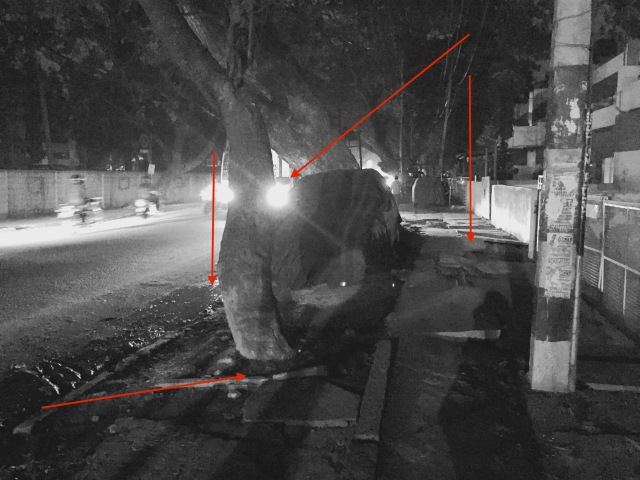
When the program director explained that discrete choice economics was part of the PhD program my first thought was no big deal. See, I assumed he meant ‘discreet’, as in we’d learn economics in an unobtrusive kind of way, and then I had this train of thought where my mind replaced ‘choice’ with ‘charm’ and I naturally thought of Buñuel’s bourgeoisie.
10 minutes into the course I realized my mistake and two weeks later concluded that the whole thing was utterly uncharming. Not only because I found myself failing the first problem set on ordered logits and unable to grasp fixed effects, but because I struggled to believe that transportation, my subject of study, could be understood through binaries (or multinomials), reduced to probability models, and described through principles of utilitarian theory. In the end I mastered these techniques, passed the class, and aborted discrete choice theory as a way of understanding an individual’s transportation decisions.
Until now. My recent move to Bangalore and life as a pedestrian in this lawless land of piecemeal concrete and reckless driving has brought about a new kind of discrete choice economics.
Every night as I walk home from a neighboring Nagar I play a little (discreet) game with myself. The game is essentially based on whether I can accurately predict my decision to walk on the street or the footpath (the more common term for sidewalk), based on a set of observed variables, the most common being:
- no footpath
- an obstruction on the footpath
- a broken footpath
- non working street lights
- an obstruction on the side of the street
- shit (literal and figurative) on the side of the street
- crazy-mad traffic.

Those are, for the time being, my working set of ‘external’ or independent variables. They arise unpredictably in the sense that I can walk 10 steps on a footpath and then halfway through my 11th step realize that this forward trajectory will not be possible once I begin that 12th. I must make a choice, a decision, quickly. And this decision, that is to walk forward on the footpath or transition to the street OR, conversely, to move from the street to the footpath, is based on this set of observable variables in which I must maximize my utility of being able to walk without being severely hurt or killed.
I’d like to think that my discrete (or rational) choice is ‘scientifically’ objective in the sense that it is based more on a mechanical, bodily reaction than self-reflection or subjective judgement as to where I should be walking.
I’d also like to think that this mental game satisfies most criteria for discrete choice model formation. For example, given that discrete choice is based in probability, it operates under the assumption that there is missing information. Meaning that my decision is based on observable as well as unobservable factors. Like those above my head. A coconut tree waiting to drop a big one on me, a bird’s nest of illegal wiring waiting to blow. These do not knowingly factor into my split second decision of footpath or street, but maybe they unconsciously do. As I write, I also realize that there are the ‘internal’ or imposed variables that I’ve created for myself. Two examples are:
- whether or not I’ve worn closed or open shoes.
- How late I am to get to where I need to go (and thus how much risk am I willing to take?).
I suppose hardcore modelers might challenge my desire to call my game an exercise in discrete choice theory. For example, the requirement that all categories are mutually exclusive is questioned when one considers that in several instances the footpath is the street and vice versa. After all, during rush hour, two wheelers drive on the footpath to avoid the gridlock traffic on the street. Cars park on the footpath and so, for pedestrians, the street becomes the footpath. I would have to ask a statistician, but I suspect this ambiguity might pose challenges for quantitatively minded.

In any case, I suspect that this small, insignificant game is one that over one million people, mostly women and the elderly, play here in Bangalore on a daily basis, most likely unknowingly and unwillingly. My guess is that people are less conscious of it then I am, and certainly more accepting of it.

While the experience can be at times satirical, even surreal, unlike Buñel’s sextet, no aspect of this is imagined. The other week there were three separate accounts of women, all women, who tripped (on a pothole or uneven pavement) while walking and were killed by an approaching vehicle. In fact, the transportation situation in Bangalore is increasingly dire and it is the pedestrian population that is literally the worse hit. Being a pedestrian has allowed me to brush up on some of those long forgotten principles behind discrete choice theory but the best of probability models will not solve this mounting crisis. My advisor has recently starting using the acronym TINTA–There Is No Technocratic Answer. I’m pretty sure that is the best framework to have come from any economist in decades.




























